From 18th century Stonehookers to 21st Century Atomic Energy:
Innovation, Commerce, Community and Life on the Bay
Home to the Senecas, First Nations
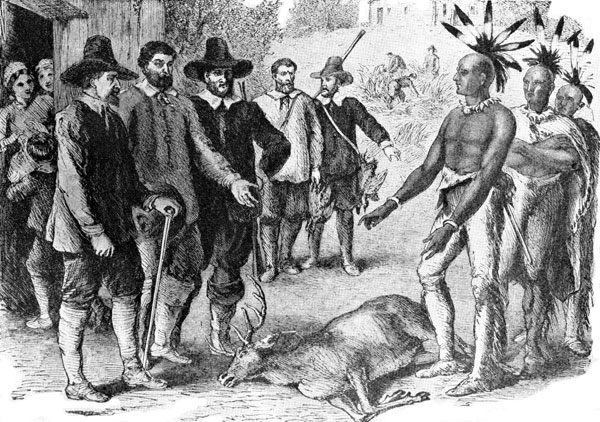
The area around Frenchman’s Bay was originally inhabited by the Senecas, part of the five nations of the Iroquois. Their village, known as Gandatsetiagon or Ganatsekwyagon, meaning “break in the cliffs” or “opening in the sand hills” was one of the major villages of the Seneca tribe. It was located just east of the mouth of the Rouge River.
In 1667, a French missionary, Francois de Salignac de Fenelon, arrived in Montreal and, in 1669, he travelled to Gandatsetiagon to work with the native people. It is thought Frenchman’s Bay was named for Francois.
Local European Settlement Arrives in time for the Rebellion of 1837/1838
In 1791 the Province of Upper Canada was established as part of British Canada by the British to govern the growing population of British North America. The citizens of Upper and Lower Canada became frustrated with the slow pace of political reform under British rule, desiring a stronger focus on responsible government. Some things never change do they? This discontent led to armed uprisings in Upper Canada in 1838. The rebellions sparked a series of political changes that led to the British North America Act of 1867 that created Canada as a sovereign nation.

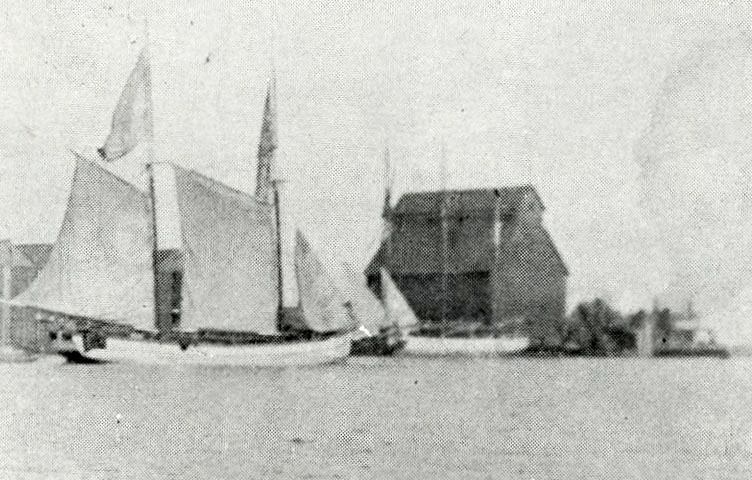
A growing commerce and community development happened in Pickering during this period. European commerce came to Frenchman’s Bay in 1837 when the Tripp family settled near the bay, building one of the first saw mills in the area. The clearing of the land made it available for agriculture, most significantly grain, and grain elevators and warehouses for its storage and shipment were built. The harbour business grew.
Ingenuity Starts Early
In 1843, a couple of settlers, using a horse-drawn dredge, cut an opening into the bay from Lake Ontario at the location of the current channel entrance. Two heavy wood timber piers were constructed to the east and west sides of the channel. Once the piers were built, cargo vessels could tie up closer to the products being transported, making loading an easier task. Now with access to the bay from Lake Ontario, commerce and growth began in earnest.

Pickering Harbour Company First Incorporated before Canada became a Nation
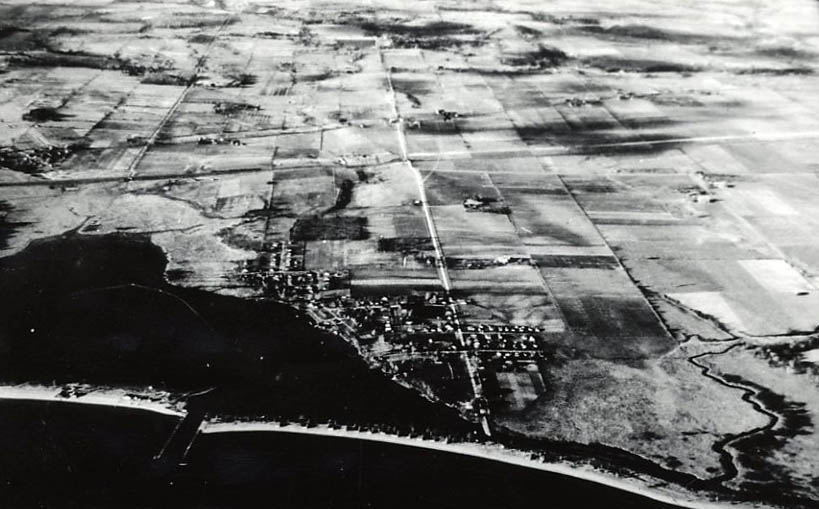
In 1853, some 14 years before Canadian Confederation, an Act to incorporate the Pickering Harbour Company was assented to by Queen Victoria. With this Act Pickering Harbour Company was deeded the water rights and ownership of the land under the water of Frenchman’s Bay and out into Lake Ontario, entitling it to operate the harbour and to charge and collect tolls.
This original charter remains in place to this day and it continues to play a vital role in harbour operations. It is because of this charter that Pickering Harbour Company has established the first dockominiums in Canada; water lots that are deeded to boat owners in perpetuity.
‘Stonehookers’ Ply Local Waters From Whitby to Port Credit
Through the late 1800s to the early 1900s, schooners, known as “stonehookers,” operated between Port Whitby and Port Credit. Large stones were “hooked” up from the lake bottom near the shore, placed on scows, then transported to the waiting schooners where they were loaded onto the vessels by a hand winch. The stones were used primarily as construction and paving material in Toronto.
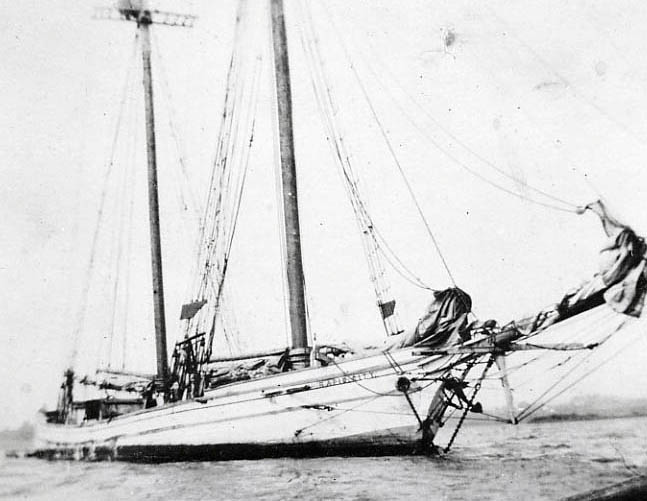

Innovation Takes on the Deep Freeze
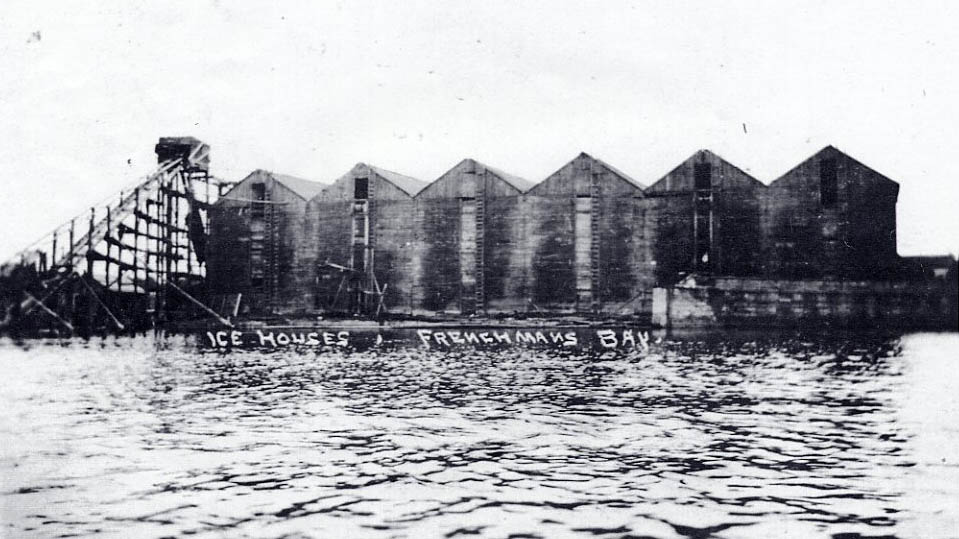
Circa 1914, seven ice houses, owned by Lake Simcoe Ice Company, were built on the east shore of Frenchman’s Bay at Front Road between Annland Street and Wharf Street. In winter, ice blocks were cut from Frenchman’s Bay and transported to the ice houses via a portable conveyor belt and stored for use by various businesses in the summer months. Sometime after 1918, the icehouses were demolished, although ice-cutting carried on into the 1930s. (These blocks weighed 200 pounds!)
Advancements in Transportation Technology Impact Frenchman’s Bay
Shortly after construction of rail lines in southern Ontario, transport of goods by water began to decline. Commercial use of Frenchman’s Bay lessened and, in the early 1900s, recreational boating and beach-going became the primary use for the Bay. Thereafter, many cottages dotted the sandbar. These were privately owned lots that were later sold to Pickering Harbour Company. The Harbour Company subsequently collaborated with the Toronto and Region Conservation Authority to deed these properties over to public control in a manner that opened up the waterfront to the larger community.

The Bay Becomes a Preferred Hang-Out for Local Leisure

In May 1926, the Glen-Avis Pavillion, a popular dance hall, opened in Avis Park located at 1295 Wharf Street, on the east shore of Frenchman’s Bay. The several acres comprising this park were ideal for picnics and you could pitch your own tent for overnight stays.
Frenchman’s Bay Yacht Club Joins the Scene
In 1937, Frenchmans Bay Yacht Club was formed and a clubhouse was built in the northeast part of the Bay. Over the years, the building fell into poor condition, and was ultimately moved to the west shore of the Bay where it remains today.
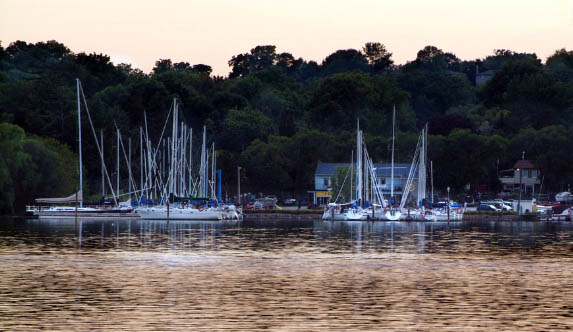
Pickering Harbour Company Takes on New Leadership and Launches Local Marina
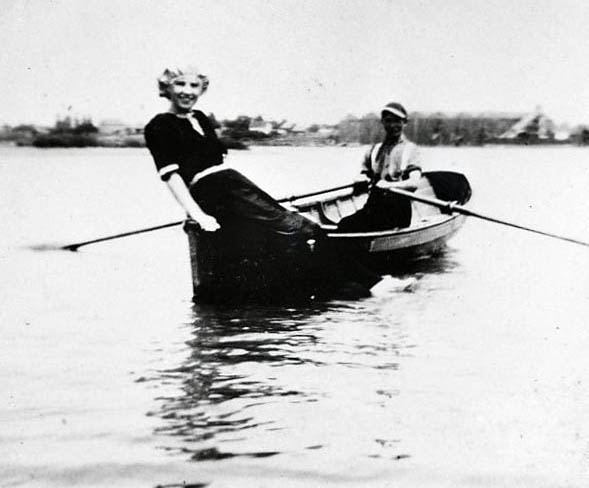

In 1972, Pickering Harbour Company established East Shore Marina and installed docks for rent by recreational boaters, on the east side of Frenchman’s Bay. The marina’s offices were in the former Glen-Avis Pavillion mentioned above.
Frenchman’s Bay Revitalization Begins in Earnest
In 2000, the beginning of a waterfront revitalization project got underway at the southern end of Liverpool Road, starting with the construction of Millennium Square, an award-winning large public square at the foot of Liverpool Road beside the beach. Here, free summer concerts take place on Thursday evenings in July and August. Children enjoy the nearby play area and splash pad. The boardwalk, heading east, takes you to Alex Robertson Park and “Home Place,” a contemplative setting in the park featuring carvings by Dorsey James, one of Canada’s premier wood carvers. Visit www.homeplace.ca for photos and information on his pieces.
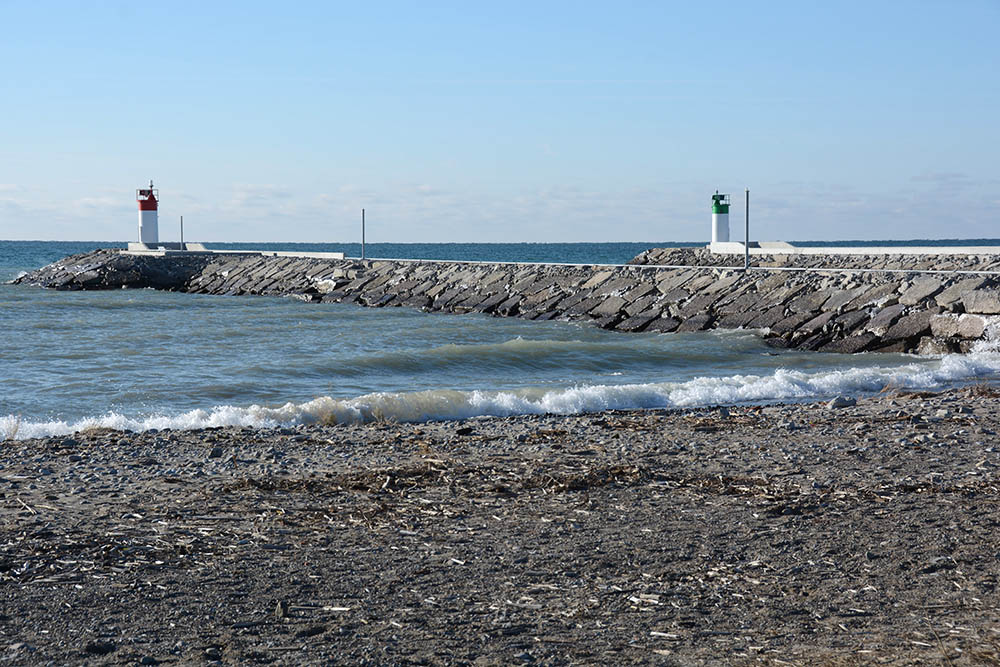
Pickering Harbour Company Leads Revitalization of the Harbourfront Community
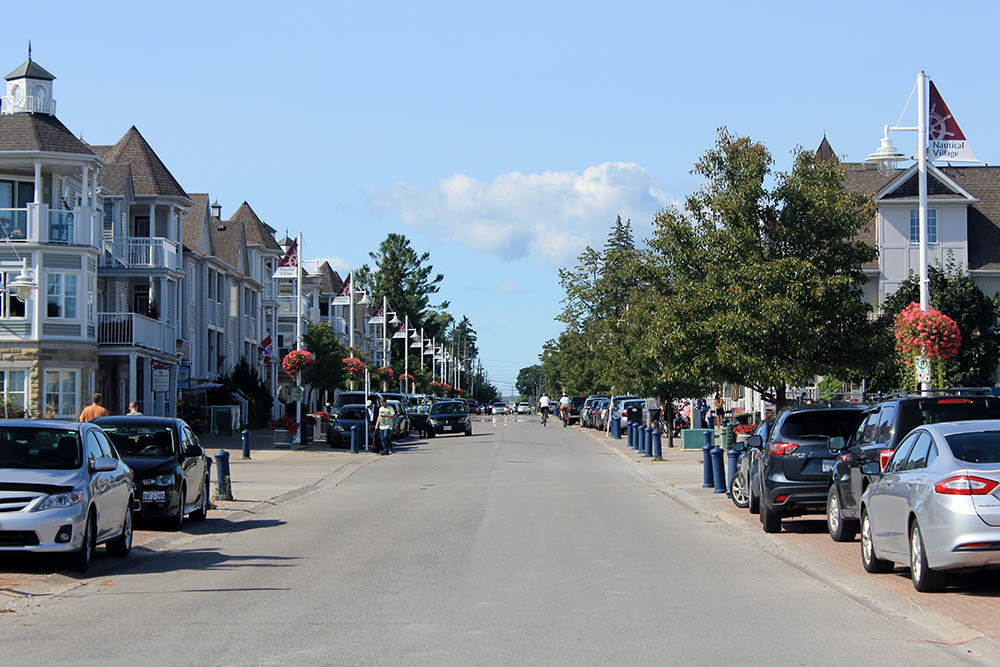
Pickering Harbour Company collaborated with Marshall Homes in a major land development plan that culminated in the creation of a mixed townhouse and retail community on Wharf Street, overlooking the Bay. Pickering Harbour Company moved its offices across the road to 591 Liverpool Road during this development process and changed the marina’s name to Frenchman’s Bay Marina. Thus, the renewal of the waterfront could continue with the development of Pickering’s Nautical Village, a picturesque residential/commercial community lining both sides of Liverpool Road south of Wharf Street. The Cape Cod and Queen Anne style townhouses all have shops, eateries and other businesses operating from the ground floors with residences on the upper floors. All of these amenities are within walking distance of our marina.
Harbour Entrance Reconstruction Connects the Community with the Lake in a Novel Way
Pickering Harbour Company management worked closely with all three levels of government to plan out the reconstruction of the Frenchman’s Bay harbour entrance. In particular, management advocated for design elements in the new harbour channel entrance that accommodated safe, easy public access and enjoyment.
Reconstruction of the channel entrance began in February 2013 and was completed in June 2015. The harbour entrance runs 360.55 metres (1,182 ft) long by 30 metres (98.5 ft) wide by 3.7 metres (12 ft) deep. This project was made possible by federal, provincial and municipal investments. Navigation into Frenchman’s Bay has never been easier! The new breakwalls, extending into Lake Ontario on the east and west side of the harbour entrance, have accessible walkways. Enjoy the marvelous sunsets from this great vantage point!
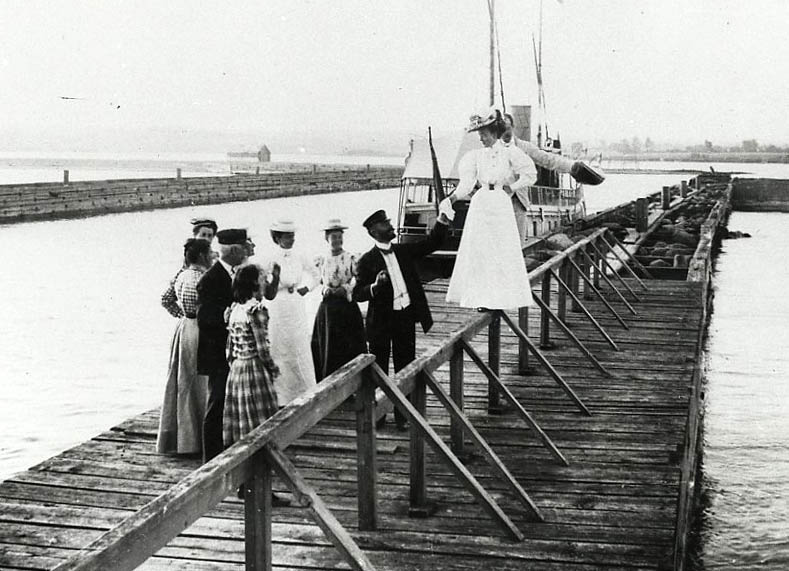
Then, 1898…
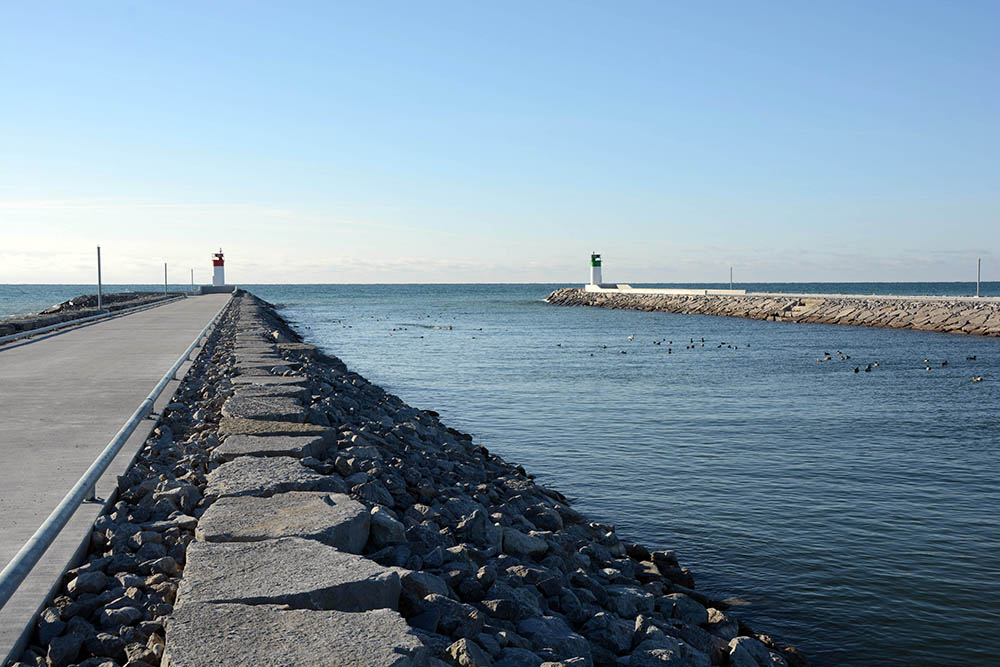
…and now, 2016.
The Bay Serves an Active Community with a Host of Services and Activities
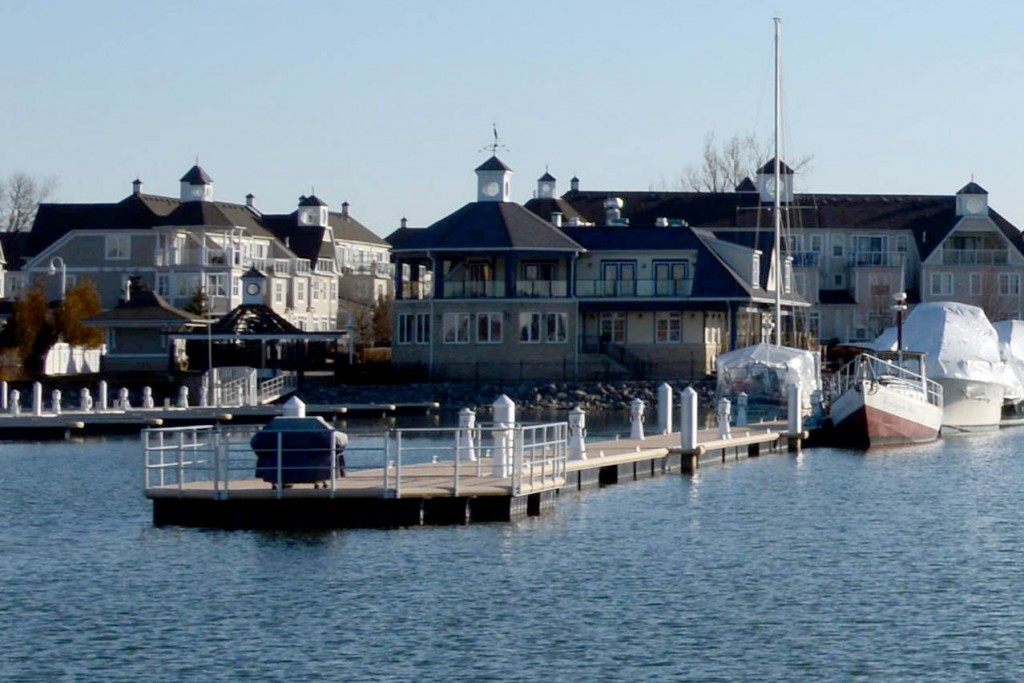
What began as a beehive of commercial activity is now a focal point for community living. Use of the Bay by the residents of Pickering, and more broadly by all of Durham, continues to grow. Frenchman’s Bay Marina is an official weigh-in station for the Great Ontario Salmon Derby. It is also a phone-in reporting centre for Canada Customs. The Marina’s Lake House Event Centre is used year-round for a variety of corporate and family events – from meetings to weddings to reunions to name a few typical activities. It is well managed by Paul Shannon Caterers, providing a superb level of customer service and expertise.
The Marina is open all year for in-water storage to live aboard. Washrooms/showers/laundry facility is open year-round. Newer dock (2014), with a gated entrance, can accommodate boats up to 70 feet. Each berth comes with water and one 50-amp plus one 20-amp hydro outlet. The Bay is well used for a diverse range of waterfront activities, including: boating, wind surfing, kite boarding, paddle boarding, canoeing, kayaking, dragon boating, site seeing, nature walks, family gatherings and quiet relaxation.


Comments are closed.